Ashish Agarwal (Director, Utility Innovation Lab) February 9, 2022.
The technology needs of grid operation have evolved from those of traditional centralized generation and distribution scenarios to more complex distributed energy generation scenarios. Today’s smart grid calls for application platforms with flexibility and scalability as the number of devices being added to the grid grows daily. They must enable a complex “system of systems” to communicate, manage, route, and exchange data in real time.
Micatu is the one of the first to commercialize the next generation of highly accurate grid measurements and analytics through a modular, optical sensing technology platform that is safer, more accurate, and more affordable.
I recently had the pleasure of chatting with Adam Hinkebein, Director of North American Sales at Micatu, about how the company’s unique optical sensing technology works and how it can help utilities reduce risks and keep pace with these evolving grid challenges.
Agarwal: Adam, thank you for joining me today. Can you tell me a little bit about Micatu and your role, in particular?
Hinkebein: Micatu is working to change the way the world measures with light. We’ve created an optical sensing technology platform that bridges the gap between today’s analog infrastructure and tomorrow’s digital grid to provide utility operators with safe, accurate, real-time data. Having fast access to data is a game-changer for utilities.
With renewable integration completely changing the landscape of the electric utility grid, operators need to safely collect accurate measurements to make data-driven decisions. Our optical sensing technology is being used across the nation, demonstrating the demand for a safe, accurate digital measurement solution. And, our technology was recently recognized by S&P Global Platt’s as the winner of a prestigious Global Energy Award, which reinforces our market-leader position in this transition.
As the director for North American Sales, I am responsible for all the business and commercial obligations. I work closely with our team of engineers to support and integrate our entire sensor product line and backend analytics technology. I support both utility and industrial customers directly while working to grow industry partnerships along the way. I am based remotely out of Dayton, Ohio with team members around the U.S. All manufacturing and development work is done out of our global headquarters located in Horseheads, New York.
Agarwal: What sets Micatu apart from others in this space, and what does this ultimately mean for utilities and other organizations?
Hinkebein: We have developed an optical sensing solution that uses light to measure voltage, current, temperature, and vibration. This is safer than traditional sensor technology, and safety is one of our biggest differentiators. By measuring with light, the sensors are not passing electrons—they are nonconductive. That makes them an extremely safe option for line crews and wildfire mitigation since the sensors are not ignition sources.
Unprecedented accuracy also makes us different. We’re taking a significantly larger sample size —15,000 samples per cycle—which makes our sensors more accurate. We offer a broad range of options available that meet a wide range of projects; our sensors range from 4kV-72kV for overhead, underground, and enclosed applications. All our equipment is plug and play, so it’s easy to install and seamlessly integrates with a utility’s preferred software.
Agarwal: Micatu is clearly focused on helping utilities innovate to prepare for today’s and tomorrow’s challenges. Can you give us an example of how Micatu helped a utility get ahead of the curve?
Hinkebein: Micatu worked with a large utility that was concerned about the levels of total harmonic distortion—or THC—they saw on the distribution system. We installed our sensors and measured THC at levels greater than 10%—double the IEEE requirement of 5% or less.
Data collected from our optical sensors showed that the increased harmonic content was due to several new loads on the utility’s system. The customer was able to use our sensors to troubleshoot these harmonic issues that were normally undetectable using traditional/legacy technology. This level of insight into what is happening on the grid has never been available to utilities before, and it will be essential for managing the future grid.
Agarwal: While renewable energy growth in the U.S. and elsewhere is very encouraging from an environmental impact, the increase in distributed energy resources creates complexities for the grid. How does Micatu help utilities manage new opportunities while mitigating risk?
Hinkebein: As you noted, DERs are growing at an unprecedented pace. About 90% of utilities will have integrated renewables over the next five years. All these new points of renewable energy generation are coming onto a grid that was not designed for this dynamic. It creates an even greater risk of backfeed, surges, and load demand. Most of today’s grid was built in the 1950s and 1960s with a 50-year life expectancy. These new renewables were not considered in that design, and this poses a huge risk.
We don’t know what we don’t know. Micatu’s optical sensors give real-time visibility into what is happening on the grid so utility operators can take immediate action to avoid issues that threaten reliability and safety.
Agarwal: Earlier this year, Micatu released a study regarding how North American utilities are addressing renewable integration. Which findings stood out most to you?
Hinkebein: That study gave us some fascinating insight into utilities’ concerns about renewable integration.
What stood out was that 68% of North American utilities are not satisfied with the quality of data used in grid management systems. With real-time, accurate data being essential for the modern grid, this response makes it clear that utilities want a modern measurement tool they can rely on.
Agarwal: Micatu celebrated its 10th Anniversary in 2021. As you look ahead to the next ten years, what impact do you envision Micatu having in the electric utility industry?
Hinkebein: The modern grid will be digital, but it will take some time to make this transition. Micatu’s optical sensing technology is very disruptive to existing sensing technology; there is nothing else like it on the market right now.
We’re going into our next decade as a market leader in providing digital measurement tools for utilities that are precise enough to deliver real-time visibility and do not create a safety hazard for crews or communities. Micatu has some of the brightest minds working to develop new technologies that will change the game for industrial customers as well.
Agarwal: What excites you about the future role Micatu can play at the Oracle Industries Innovation Lab with Oracle and other partners?
Hinkebein: We are very excited about this collaboration and are looking forward to working with Oracle to help solve the industries complex problems. We are also honored to be among the partners who have been identified to participate in this project. It will be an exciting year ahead for sure!

